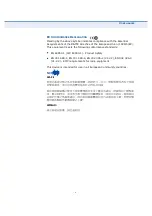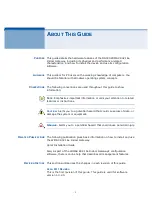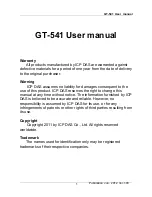
97
Ù
ÔÑÍÍßÎÇ
ïðÞßÍÛóÌ
IEEE 802.3-2005 specification for 10 Mbps Ethernet over two pairs of
Category 3 or better UTP cable.
ïððÞßÍÛóÌÈ
IEEE 802.3-2005 specification for 100 Mbps Fast Ethernet over two pairs of
Category 5 or better UTP cable.
ß
ÝÝÛÍÍ
Ð
Ñ×ÒÌ
An Wi-Fi internetworking device that seamlessly connects wired and
wireless networks.
ß
ËÌØÛÒÌ×ÝßÌ×ÑÒ
The process to verify the identity of a client requesting network access.
ß
ËÌÑ
óÒ
ÛÙÑÌ×ßÌ×ÑÒ
Signalling method allowing each node to select its optimum operational
mode (speed and duplex mode) based on the capabilities of the node to
which it is connected.
Þ
ßÍÛ
Í
ÌßÌ×ÑÒ
A WIMAX service provider
s equipment that is installed at a fixed location
to provide network connectivity for subscriber stations within a defined
service area.
Þ
ÛßÝÑÒ
A signal periodically transmitted from a Wi-Fi access point that is used to
identify the network and maintain contact with wireless clients.
Ý×ÒÎ
Carrier-to-Interference-Plus-Noise Ratio.
A measurement of the channel
quality in a WiMAX link. Subscriber stations measure the received CINR
and send the information back to the base station. The base station can
then adjust modulation and coding for the link to optimize throughput.
Ý
ÛÒÌÛÎ
Ú
ÎÛÏËÛÒÝÇ
The radio frequency at the center of a WiMAX channel. WiMAX channels
can be of different widths (the channel bandwidth) and the transmitted
radio signal is spread across the full width of the channel.
Ý
ØßÒÒÛÔ
Þ
ßÒÜÉ×ÜÌØ
The range of frequencies occupied by a WiMAX radio signal. The amount of
information that can be transmitted in a radio signal is related to the
channel bandwidth, which is measured in Megahertz (MHz). WiMAX
supports a range of channel bandwidths that can be defined by the service
















































